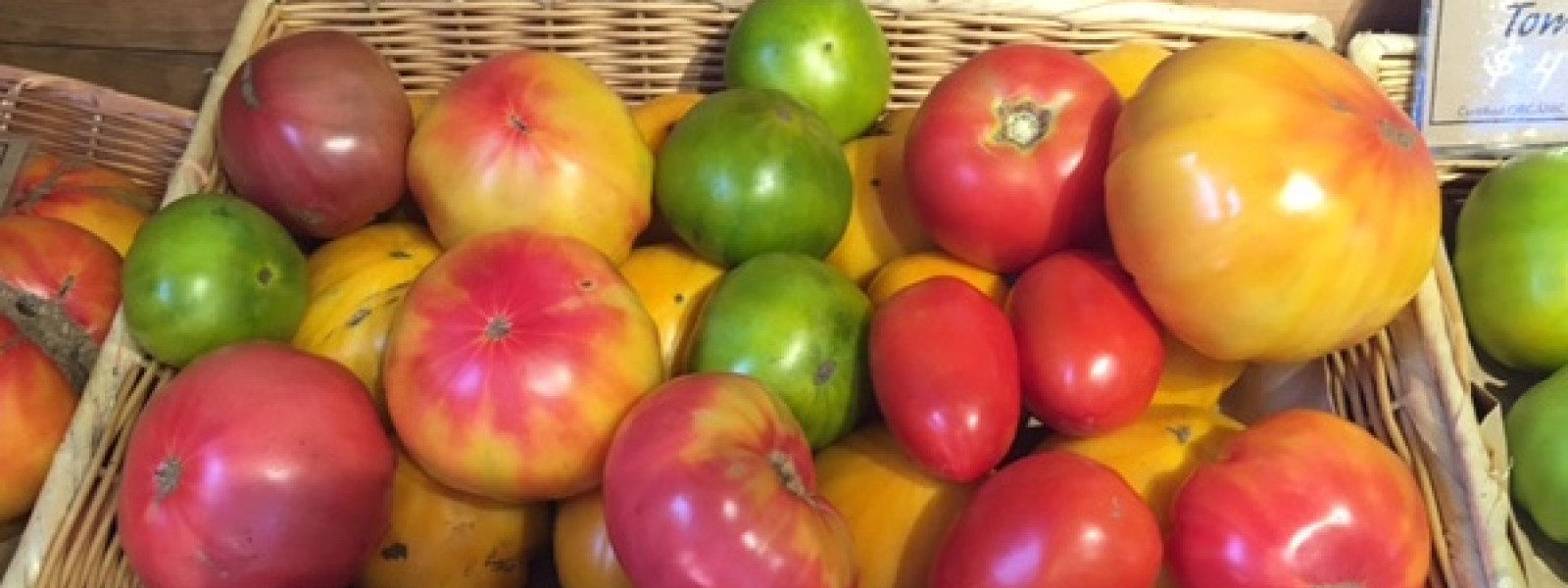Let’s Talk Tomatoes: Heirlooms vs. Hybrids
Heirloom seeds are open pollinated seeds that have been saved and passed down from one generation to another. High Mowing Seeds describes them as breeds that “pre-date, or are unaltered by, the last hundred or more years of modern breeding work”. The term heirloom can also apply to fruit trees and livestock. These breeds and seeds have been cherished, bred and protected for future generations by previous generations and tend to be hardy farm favorites valued for their genetic diversity, appearance and taste.
Here at the farm, we grow a number of heirloom tomatoes: Striped German, Valencia, Red Zebra, Green Zebra, Cherokee Purple, and Louisiana Pink. Our San Marzano paste tomatoes are also heirlooms! While their funny appearance and shorter shelf life doesn’t lend itself to grocery store uniformity or being shipped long distances, you will never hear a complaint about their unique flavor.
Hybrids are plants created by breeding two different but related varieties to create offspring with desirable traits. This can happen naturally in the wild, but commercial seed producers use artificial, controlled pollination to ensure a standard reproduction. Hybrids were developed for large scale agriculture to guarantee uniformity for produce as well as greater disease resistance, yield and better flavor. While looking through seed catalogs you may see F1 Hybrids. F1 stands for the first generation. If you save seed from an F1 hybrid the offspring will be a random mix of both parents so hybrid seeds need to be repurchased every year.
Our slicer tomatoes are Frederik, an F1 hybrid beefsteak tomato. More uniform in appearance than heirlooms, they are bred to be disease resistant and prolific. Every year we start them in the greenhouse so that we can enjoy tomatoes in July.
If you are thinking of making sauce or stewed tomatoes this year we invite you to try a combination of all three types with paste and slicer providing body and heirlooms lending flavor.







